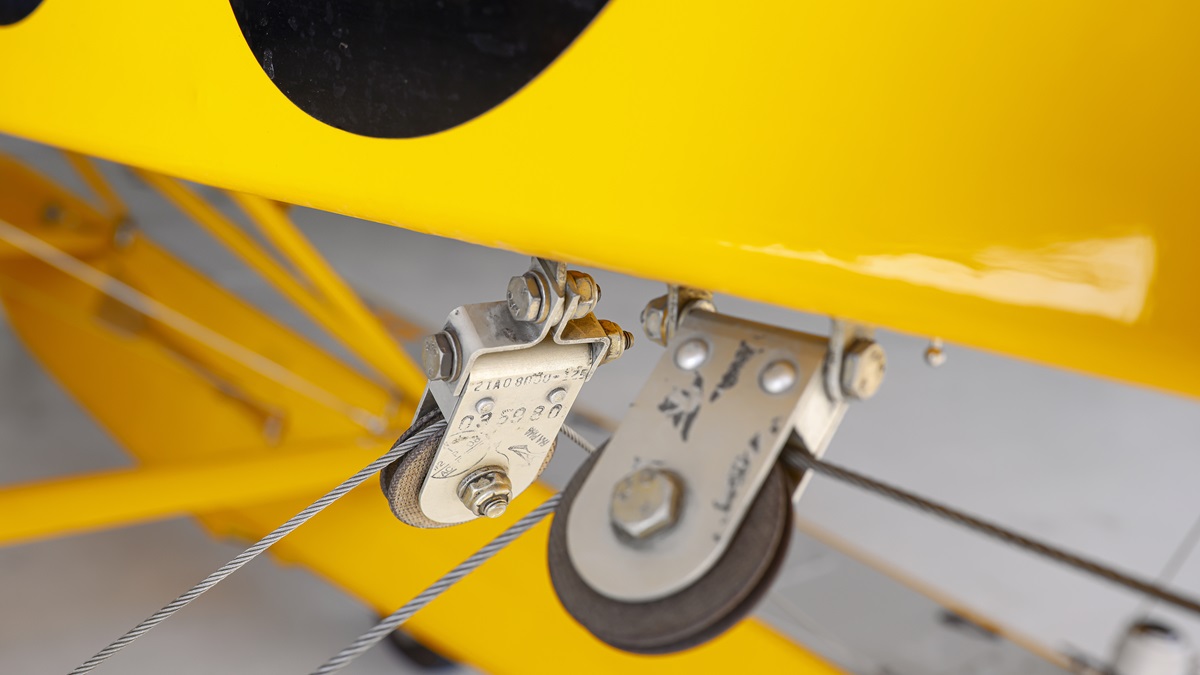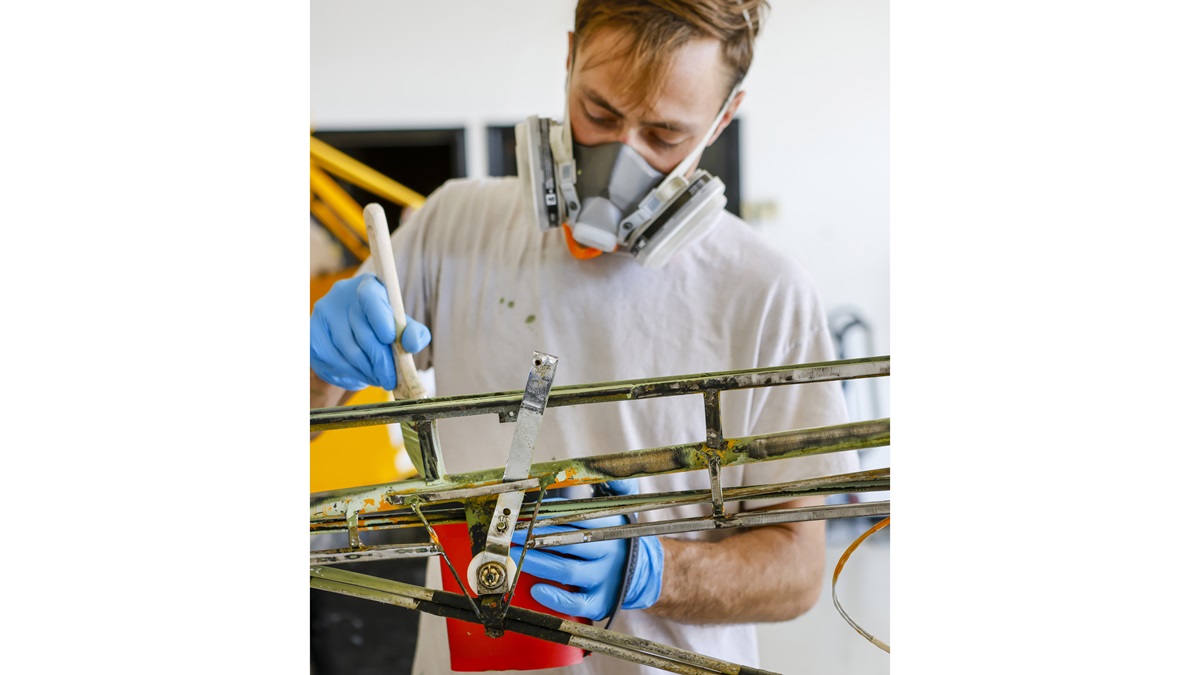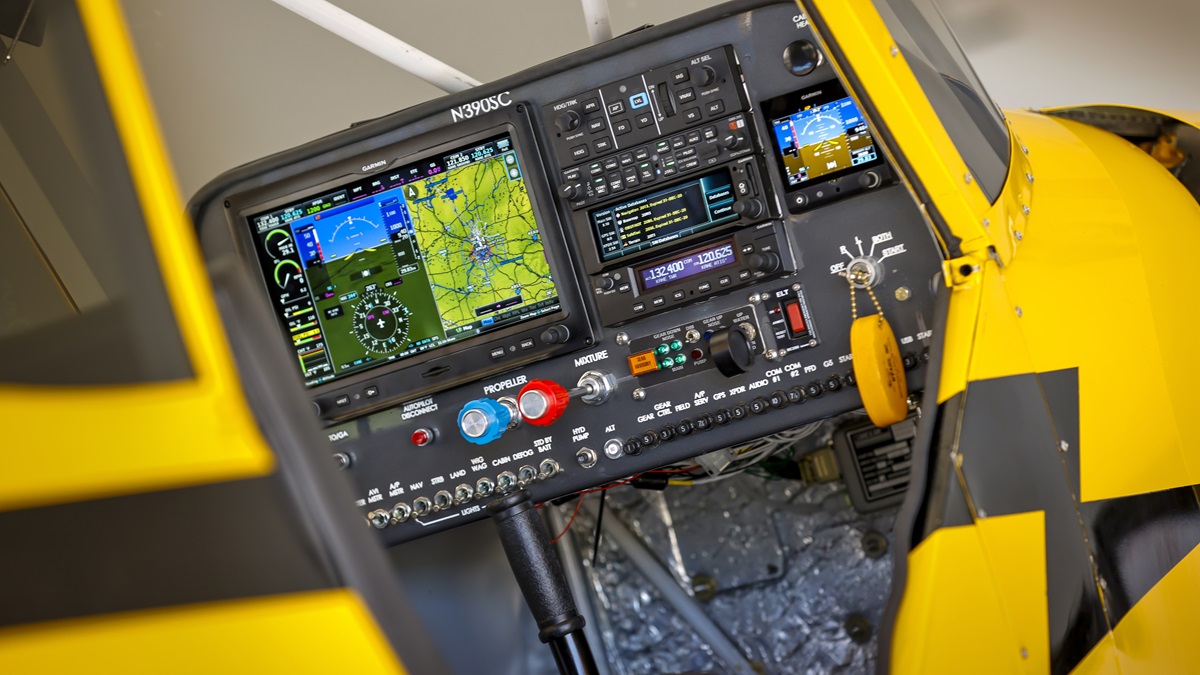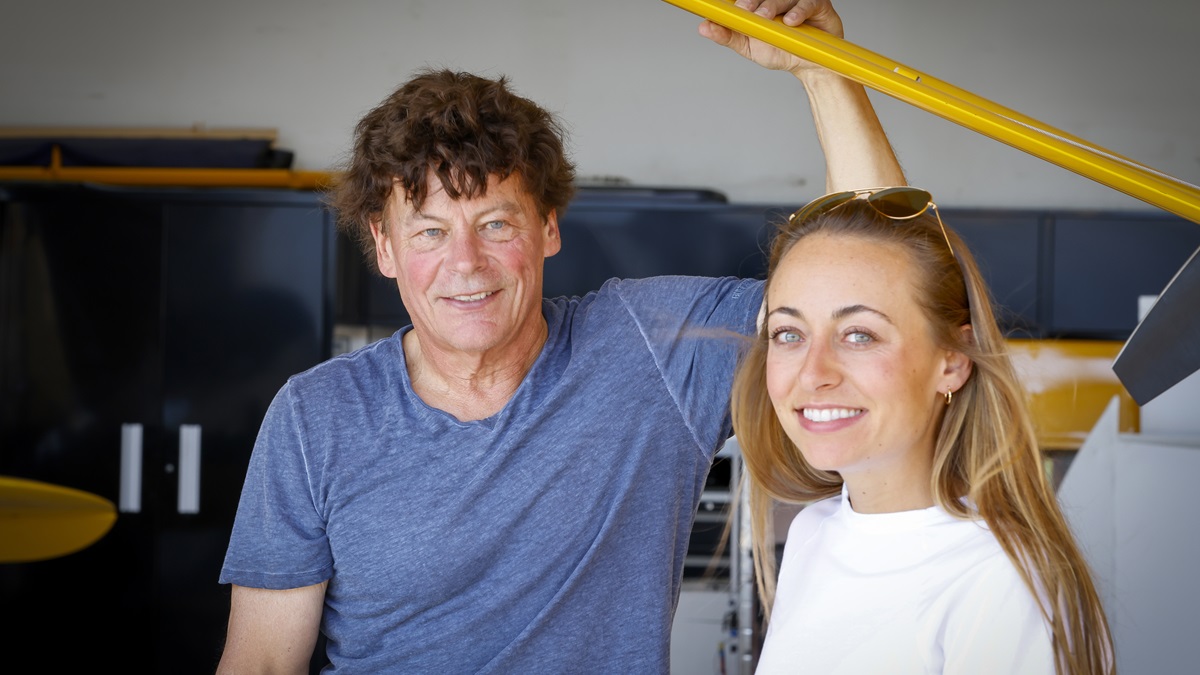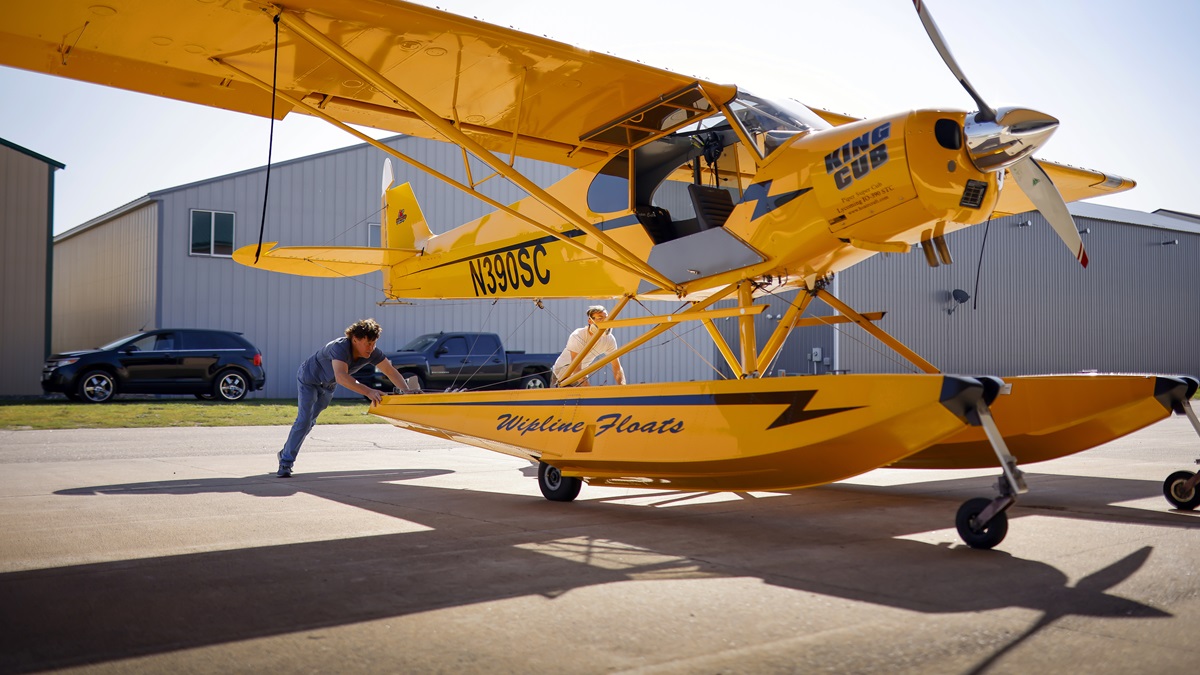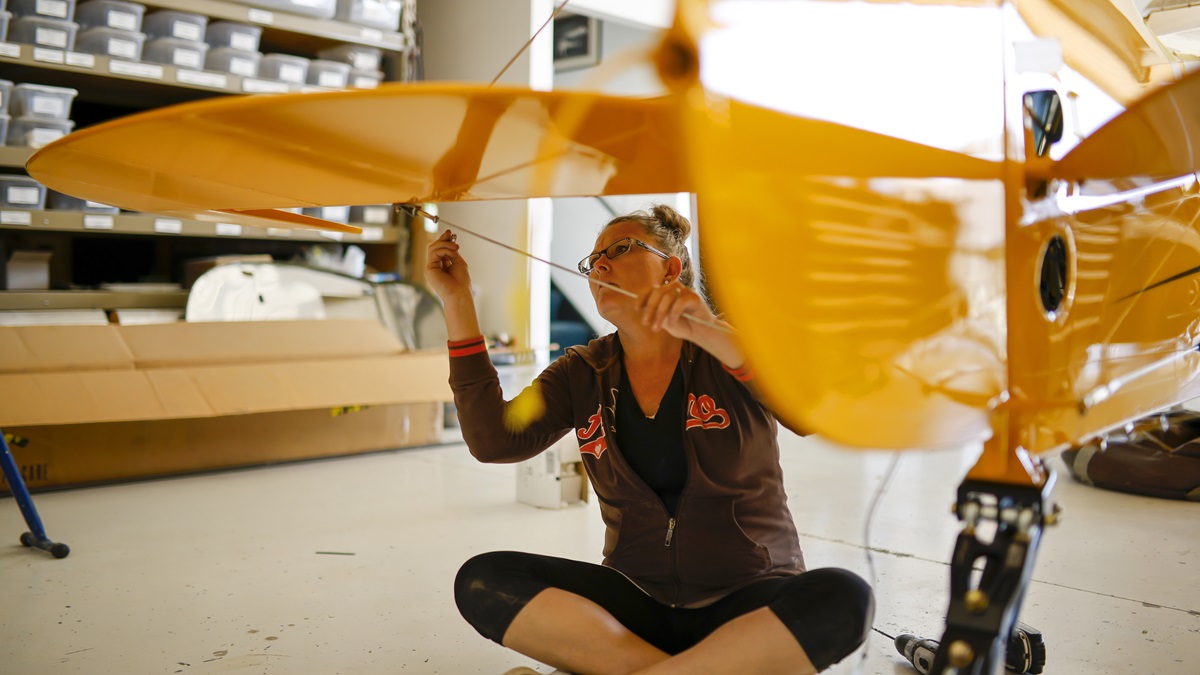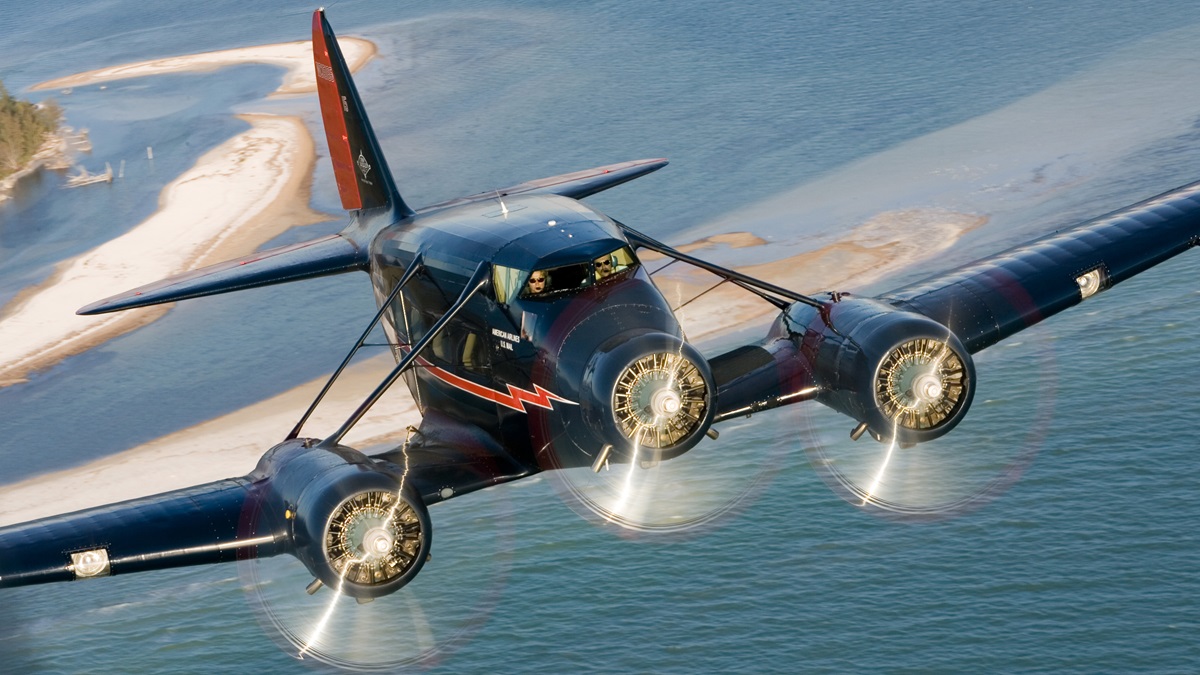Crowning achievement
Former welterweight Danny White pulls no punches with the King Cub
That year Danny White, a one-time welterweight from southeastern Minnesota, traveled to Bakersfield, California, to look at an unairworthy Stearman biplane that had long served as a crop duster. He saw potential in the hard-flown, obsolete ag airplane and paid $10,000 for its bones. Then he strapped the steel-tube fuselage and wings to the roof of a rented Mercury Marquis station wagon and loaded other parts in back.
"I'm sure I looked like the Griswolds [from a Vacation movie] on the long drive home to Minnesota, but I didn’t care,” said White, now 67, owner of H.O. (for High Output) Aircraft at the Anoka County Airport near Minneapolis. “I was determined to restore and fly that airplane, even though I had no real idea what it was going to take, or what I was getting myself into.”
On the map
White had hoped to make a living as a professional boxer, but too many concussions convinced him to change plans. He’d started a cement business, but it was seasonal and cyclical. He had private pilot and A&P certificates, abundant energy, and relentless drive—and he focused on the Stearman during a Minnesota winter.
He brought the Stearman back to its original condition as a World War II-era pilot trainer, and doing so allowed him to learn more about welding, fabric covering, radial engines, and rigging. Before the restoration was finished, it started getting attention from local aviators.
“An old guy from Crystal [Minnesota]—who was probably about the same age I am now—stopped by and looked at my Stearman and said, ‘I like what you’re doing here,’” White remembers. “He had a Stearman project of his own and told me he wanted me to build it for him. I agreed, and that was it. I quit the concrete business and I’ve been working on airplanes ever since.”
White is largely self-taught, but he specializes in restoring some of the most mechanically complex and rare aircraft ever produced. In the 1990s and early 2000s, Greg Herrick hired H.O. Aircraft for frame-up restorations on dozens of exotic aircraft for Herrick’s Golden Wings Flying Museum, which collected airplanes from the 1920s and 1930s. White’s favorite, and his biggest challenge, was reviving a low-wing 1936 Stinson Model A Tri-Motor.
“Greg had a lot more confidence in me and my abilities than I did at the time,” White said. “He told me he was convinced I had the skills to take on some of these big projects. A lot of them didn’t include technical drawings or manuals, but the lack of a road map never bothered me. We just dove in, took a hard look at things, and figured out how they were done back in the day.”
“Greg put us on the map,” White said. “The work we did for him showed people the kinds of things we were capable of doing. And that led to other projects.”
White earned an airframe and powerplant certificate with inspection authorization long ago, and he has both fixed-wing and helicopter commercial pilot certificates. But he says he gets more satisfaction from making technical improvements to aircraft than flying them.
“I’m not allowed to drink coffee or eat chocolate at home because caffeine makes me absolutely intolerable. I can’t sit still to begin with, and I don’t want to knit or watch TV. I want to get stuff done.”And unlike the stereotypical craftsman who is endlessly patient and studious, White bursts with energy. He’s brash, impatient, and opinionated.
“I’m not allowed to drink coffee or eat chocolate at home because caffeine makes me absolutely intolerable,” he said. “I can’t sit still to begin with, and I don’t want to knit or watch TV. I want to get stuff done.”
Employment at H.O. Aircraft has ranged from more than 20 during the peak of the company’s aircraft restoration work to four employees today. (Melissa Lund, a technician who specializes in Piper PA–18 restorations, has been working with White for 24 years.)
White declines routine inspections that are staples at other shops to concentrate on more demanding projects. He recently finished a Beech 18 restoration for a collector in California, and he’s in the midst of returning a Fairchild PT–19 to mint condition.
“We’ll do annual inspections and things like that for existing customers if we absolutely have to,” he said. “But my preference is always trying stuff that’s new to us or presents new challenges. I’ve been doing this kind of work for 43 years, but I think the reason I still enjoy it so much is that I’m always learning. I get no joy from doing the same thing, the same way, time after time.”
White’s daughter, Shelby Nowak, is an accomplished pilot who worked at H.O. Aircraft between high school and college, and she and her dad built a Van’s Aircraft RV–9 together in 2014. She says her dad works, or thinks about work, constantly.
“If he’s stuck on a problem and gets an idea on how to solve it at four o’clock in the morning, he won’t rest,” she said. “He’ll come back to the shop right then and work on it.”
Nowak says her dad’s combination of grit, out-of-the-box thinking, and flying skill give him a deep understanding of each aircraft—and what it takes to repair or improve them. He also doesn’t cut family members any slack. Her first job at H.O. Aircraft was donning a protective suit and using harsh chemicals to strip paint from the inside of a hot, cramped fuselage until her fingers were raw.
“My dad’s incredibly direct,” she said. “You always know what’s on his mind because he gets right in your face and tells you. He cares about results.”
King Cub
Improving PA–18 Super Cubs has been a mainstay for White and H.O. Aircraft for decades, and he’s developed a pair of FAA supplemental type certificates for the popular backcountry airplanes: toe brakes and Lycoming IO-390 engines. The toe brake kit is especially popular. The engine conversion first flew in 2010—and growing interest in short-takeoff-and-landing (STOL) competitions and backcountry flying is drawing new attention to White’s muscular “King Cub.”
The original King Cub began its life in 1950 with a 105-horsepower engine, but it bears little resemblance to its once-spartan self. In addition to a new fuselage, it has a square-tipped Dakota Cub wings, Wipaire 2100A amphibious floats, an MT constant-speed propeller, and a digital IFR Garmin panel with autopilot.
The 210-horsepower King Cub created a sensation in the seaplane community when, in 2010, it won the short-takeoff contest at the Greenville, Maine, International Seaplane Fly-in by leaping off Moosehead Lake from a standing start in 3.7 seconds.
“It’s very, very quick off the water—which isn’t surprising with all that power,” White said. “The part that surprises people is how nice it flies. It’s got all the great flying qualities of a stock Super Cub, and the counter-weighted crankshaft in the IO-390 makes it smoother in flight with less vibration than other four-cylinder engines.”
The King Cub is an airplane that makes little sense on paper.
With an empty weight of almost 1,300 pounds (on wheels), its useful load is 712 pounds. Add full fuel (48 gallons/321 pounds) and the payload is basically two FAA-standard humans. Amphibious floats add weight, so the airplane’s payload is even less.
But the airplane’s performance is astounding.
Even on amphibious floats at its 2,000-pound maximum gross weight, it leaps off the ground in less than 500 feet of runway, and water takeoffs take less than 10 seconds. Despite the high horsepower, any left-turning tendency is easily counteracted with light rudder pressure.
Economy cruise speed is 105 KIAS, about 20 knots faster than a 160-horsepower PA–18 on the same floats, and the King Cub’s ability to go in and out of virtually any lake or landing strip are seemingly limitless.
Replacing the original heel brakes with toe brakes is a major benefit—especially when taxiing in a crosswind, or for pilots flying in remote areas where hiking boots are standard footwear.
A comfortable seat, tall control stick, and a two-blade MT prop are “practical luxuries” that pilots appreciate. Under the cowl, the IO-390 has two oil coolers that keep oil temperatures within limits even on hot summer days.
The aircraft battery was moved to the baggage compartment (from the firewall), and eight pounds of ballast are added to the tail post in the floatplane configuration for center of gravity purposes.
It’s virtually impossible to perform an unaccelerated, power-off stall in the King Cub. Even with full back stick, the airplane just mushes forward, bobbing its head like a drowsy student in a long lecture. Turning and accelerated stalls at any flap setting barely elicit a stall break, and airflow reattaches the instant the angle of attack is reduced.
Land and water landings are stable and undemanding using half-flaps and an approach speed of 55 KIAS, and elevator authority is sufficient to make nose-up pitch adjustments all the way to touchdown.
No stress
White keeps a boxer’s speed bag in an out-of-the-way corner of the hangar but seldom strikes it anymore. He also used to run marathons but stopped years ago.
“My shoulders are shot,” he said. “So are my knees from too much running over the years.”
He still performs lots of physical labor in the shop, but said he doesn’t plan to retire, ever, despite the physical nature of his work.
“I actually own a house in Florida, but the truth is I’d rather be here [in the hangar],” he said. “I like the challenge of doing one-off restorations, and I enjoy my customers because they allow me to do things the way I think they ought to be done.
“Things were stressful when the business was bigger and we were running two shifts a day,” he said. “Now, there’s no stress. Not everyone gets it, but this is just my way to have fun.”



